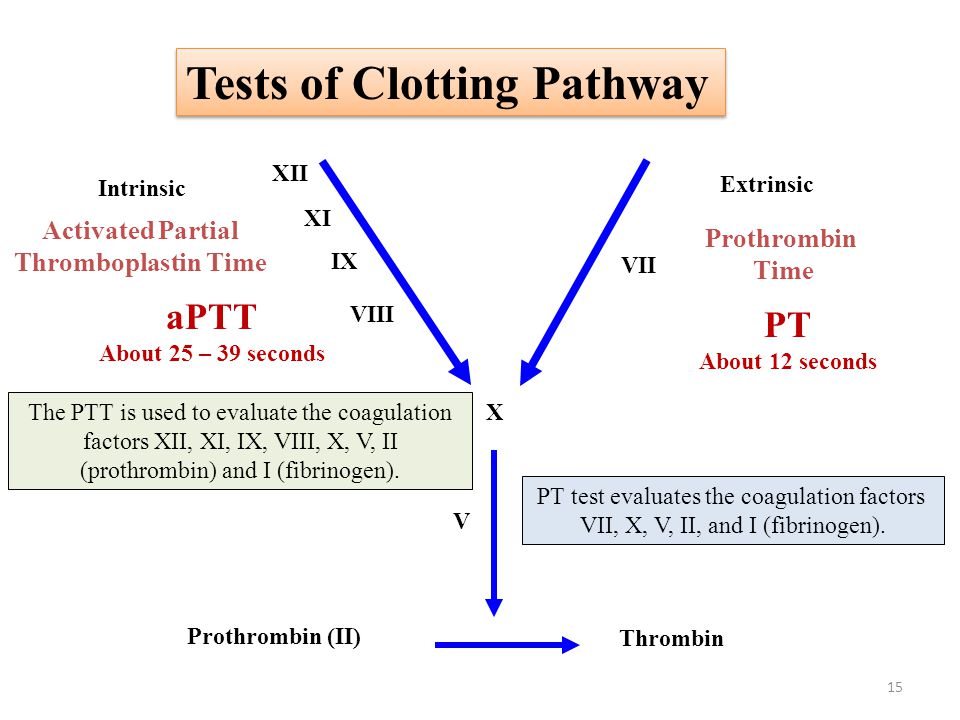Flu season is in full throttle, and if you were lucky like me and experienced all nine circles of hell while fighting off this single-stranded RNA menace, perhaps you too would want - nay, BEG - for a magic bullet that would ease your suffering.
Fear not! For there is such a panacea! TAMIFLU - it's safe! It's effective and reduces complications! It's supported by the WHO! It's - oh wait...all fake?
Perhaps fake is a strong word, but these original claims made by the pharmaceutical-run clinical trials were...questionable to say the least. Since 1999, oseltamavir, or Tamiflu, had been recommended as an oral antiviral for influenza that reduced symptom duration and secondary complications. Tamiflu was promoted like crazy and earned Roche 18 billion dollars in profits, and it was backed by WHO and CDC. However, in 2009 when the H1N1 variant "swine flu" emerged, more pressure was placed to verify the effectiveness of this drug. When the rapid review began, unsettling evidence of manufactured data and claims based on largely unpublished data emerged. The lead author of the Tamiflu trial admitted that he "did not perform an independent analysis of the primary data...and [he did] not have access to the primary data."
After many years of legal battle, the reviewers were finally able to access all the data, and what they found was that Tamiflu just doesn't work. At least, not as well as it should, and it came with far more harmful side effects than benefits. What they found was:
It does NOT decreased hospitalization in influenza patients
It does NOT decreased risks of complications
It makes you vomit (NNTH = 22 in adults, NNTH = 19 in children)
It gives you headaches (NNTH = 32)
It gives you renal injury (NNTH = 150 for adverse renal event)
It makes you go kinda crazy (NNTH = 94 for neuropsychiatric adverse event)
Specifically in children:
had NO significant effect in children with asthma
had NO significant effect in prophylaxis
did NOT reduce otitis media or sinusitis
The only benefit the trial showed was symptoms alleviation by 17 hours in adults and 29 hours in children. Now in children, at least there is a subjective benefit of having to not deal with a fussy child for one additional day. But for adults? A grand total of 0.7 day relief from the flu seems awfully little compared to the very real side effects, but that's just me.
After this exposé was published, predictably providers started backtracking and taking a far more conservative approach to Tamiflu. WHO downgraded the status of Tamiflu on its essential medication list, and Roche is now in the middle of a pretty large lawsuit.
So, have I convinced you that Tamiflu really stinks and no one should use it?
Disembodied voice, offstage: "But Lisa, wasn't there that Lancet paper in 2020 claiming the benefits of Oseltamavir?"
Sigh. Ok, let's review the paper (https://pubmed.ncbi.nlm.nih.gov/31839279/). Performed in Europe, it was a multi-centered open-label randomized control trial. Oseltamavir was prescribed in the primary care setting to relatively healthy patients 1-65 years with the primary outcome being days until symptom recovery. They concluded a decreased in length of illness in patients who took oseltamavir (6.7 --> 5.7 days). Similarly, they did not conclude a decreased rate of hospitalizations or complications, and they also found an increased of side effects such as vomiting and headaches.
There are a few questions that come up regarding the conclusion of this paper:
This is an unblinded trial, therefore there is a significant placebo effect that may contribute to this conclusion
This study was done in Europe, where flu vaccinations are not as heavily enforced in the general populace as the USA, which may affect symptom presentation
they essentially had the same conclusion! Which was a subjective improvement of symptoms but no objective improvement in hospitalizations or complications
OKAY - I'm stepping off my soapbox. We can now conclude that Tamiflu provides moderate improvement in influenza symptom duration, however it comes with significant side effects and does not reduce serious complications or hospitalizations. While you may know at this point how I feel about Tamiflu, there are many many articles out there, of which many have their own views on the subject. I encourage you all to look up your resources and read the trials and come to your own conclusions.
https://www.ncbi.nlm.nih.gov/pmc/articles/PMC4375804/
https://pubmed.ncbi.nlm.nih.gov/31839279/



